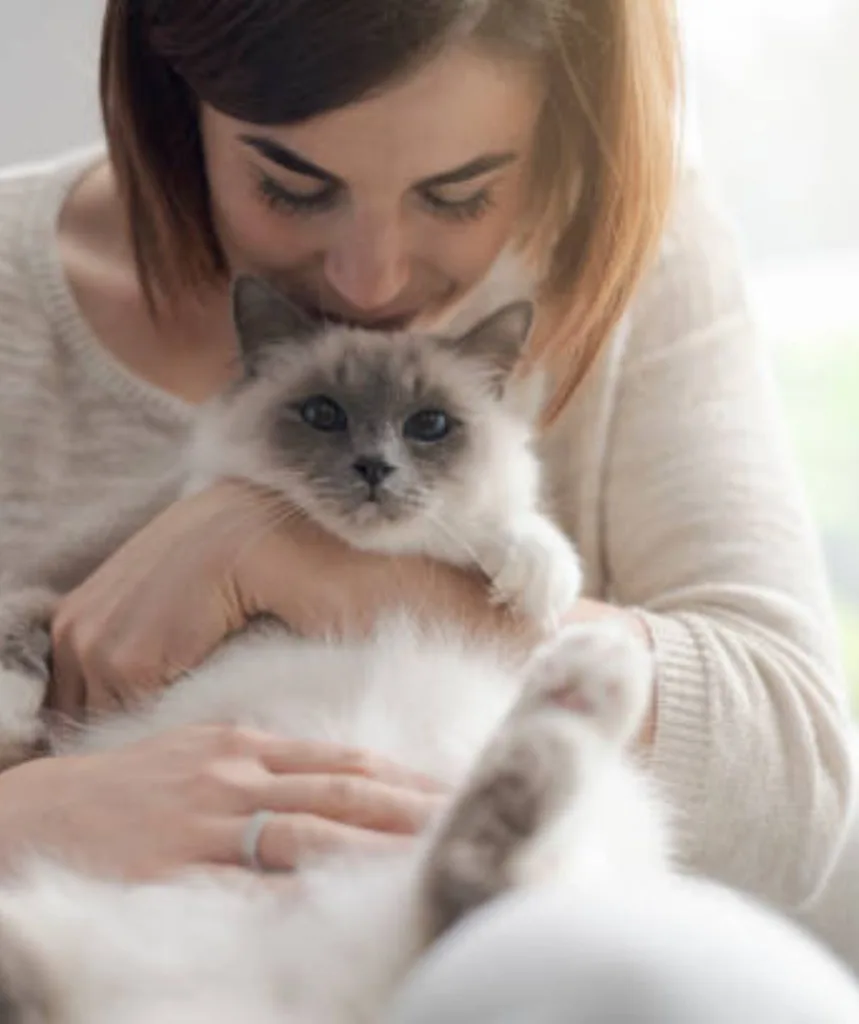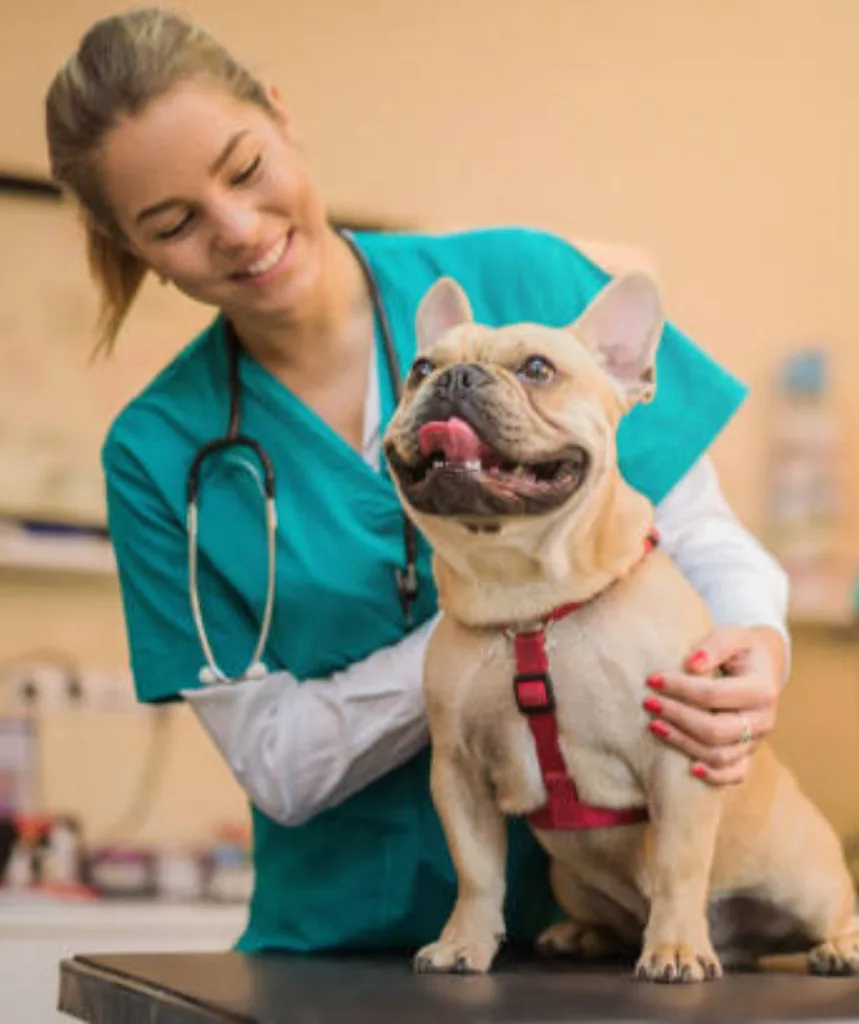You might know what to do if a human needs first aid, but what if your dog has a seizure or your cat eats something poisonous?
Dr Liam Donaldson, clinical director at Greencross Vet Hospital at the University of Melbourne, says it’s important that pet owners understand basic first aid.
“It can mean the difference between life and death, especially in Australia with the amount of toxicities and envenomations [poisonings from bites and stings] that we encounter,” he says.
Here, he shares his tips for dealing with common accidents and injuries.

Save a trip to the vet!
(Credit: Getty)Cuts & wounds
You don’t need to worry about disinfecting the injury site, but you do need to stop the bleeding, says Dr Donaldson.
“If there’s profuse bleeding, apply pressure – even if it’s just using a T-shirt. Once you have applied pressure to reduce bleeding, take your pet immediately to a vet for assessment,” he advises.
Snake bites
Snakes have very small fangs, so their bite marks can be difficult to spot – and you might not see the bite happen.
But if your pet shows signs of snake bite poisoning – sudden weakness and collapse, dilated pupils, vomiting, paralysis and shaking or twitching of muscles – get them to a vet without delay.
“You don’t need any photos of the snake, because we tend to treat the majority of snake envenomations the same, with the same multivalent snake antivenom,” Dr Donaldson says.
“There’s no need to catch the snake.”

These are common accidents for pets.
(Credit: Getty)Tick bites
It’s a good idea to have a pair of tick-removal tweezers on hand in case you need to remove a tick from your pet.
“There’s often a lot of concern about whether you have to get all of the tick or not, but as long as you get the body of the tick off, generally the head will just remove itself over time,” says Dr Donaldson.
He recommends keeping the tick so that if your pet becomes ill, your vet can identify whether they were bitten by a paralysis tick (the type that can be deadly).
“Look for any evidence of vomiting or regurgitation, or if they become wobbly on their legs – those can often be the first signs of a paralysis tick bite,” he adds.
Other signs of tick bite poisoning include a change in their bark, dilated pupils and difficulty swallowing or breathing. Get to a vet ASAP if you notice any of these.
Poisoning
Cats eating ivy and dogs eating sago palm or macadamia nuts are some of the most common poisonings Dr Donaldson sees.
“If it’s a macadamia nut, I would just keep a very close eye on them. If they start to show any gastrointestinal signs – if they go off their food, if they become sore in any of their legs – get them checked over by a vet,” he says.
“If it was lilies or sago palm, I would recommend getting them to a vet, even if they’re not showing signs of illness, just because that can typically be life-threatening.”

Look after your best friend
(Credit: Getty)Seizures
Seeing your pet have a seizure is very upsetting, but Dr Donaldson says they tend to come out of it by themselves within 30 to 60 seconds.
“The best thing that you can do is pop a pillow or something soft under their head to support it,” he says.
Give them a few minutes to recover, then take them to the vet.
“If the seizure lasts more than 60 seconds, even if they’re still actively having that seizure, get them in the car and drive to the vet,” he adds.
Vehicle traumas
Unfortunately, vets across Australia see many cats and dogs who’ve been hit by cars.
If you come across this situation, the first priority is to stop the bleeding.
Then, wrap the animal in a blanket to keep them warm in case they go into shock.
“Don’t move them too much in case there’s a fractured spine,” says Dr Donaldson.
“Slide a cardboard box or something underneath them to support their spine, then pop them in the car that way and take them straight to the vet.”


